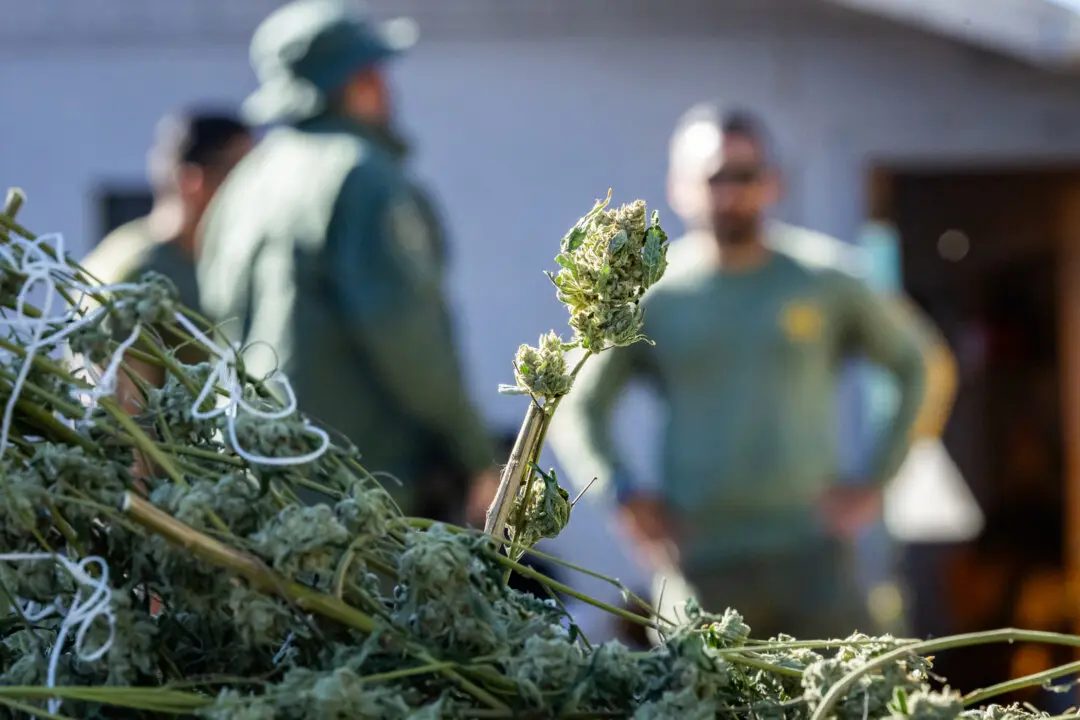Traces of a deadly drug called “tranq” has been found in the bodies of people who died of an overdose in San Francisco, authorities say.
Tranq, or xylazine, is an animal tranquilizer that authorities believe is added to illicit street opioids to heighten and prolong effects, particularly for fentanyl, which is known for short, but intense, highs.





